Umbria may be one of Italy's smaller regions, but it accommodates some of the finest art and architecture in the country and is famous for its intriguing villages and medieval hilltop towns like Todi, Orvieto, Spoleto, Gubbio, Perugia, Trevi, Spello, and Assisi, which are considered some of the most impressive in the country.
Area: 8,456 sq Km
Inhabitants: 820,000
Land: 71% hills, 26% mountains, 3% plain
Provinces/County Capital Towns: Perugia ( about 150,000 inhabitants) and Terni ( about 110,000 inhabitants)
Distances from Rome: Todi 120 Km, Perugia 160 Km, Orvieto 100 Km
Key Tourist Areas: Todi, Perugia, Lake Trasimeno, The Tiber Valley , Gubbio, Assisi, Orvieto, Spoleto
Places of Interest: Assisi: The Basilica of St Francis is the burial place of the aforementioned saint who received the 'stigmata.' There is also the Hermitage of St Francis, St Clare’s Church, and the Temple of Minerva. Orvieto: The Duomo, which has an impressive façade, along with numerous churches and “Palazzi” in the center. Perugia: The National Gallery of Umbria contains pieces by Duccio, Fra'Angelico, Perugino, and Piero della Francesca. The city is also home to numerous churches and monuments
Must Sees: Giotto and Simone Martini's frescoes in the Basilica of San Francesco. The Orvieto Duomo, whose facade equals those in Milan and Siena. Gubbio, a small medieval hill town almost untainted by commercialism
Airports/Trains: Perugia: “S.Francesco d'Assisi” airport. Rome: “Leonardo da Vinci” airport in Fiumincino. Florence: “Peretola” airport. There are good rail links from Rome and Florence to Umbria. Additionally, a local rail link connects Terni (in southern Umbria) to Perugia (in northern Umbria), although it is temporarily replaced by buses.
Famous for: Perugia, known for its chocolate, particularly "Baci Perugina." The region also hosts numerous jazz festivals and is renowned for its cuisine, which is based on simple, genuine ingredients like truffles, porcini mushrooms, asparagus, cicoria, hand-made pasta, and roast venison. Umbria produces Italian wines of excellent quality, not only due to the natural predisposition of its lands but also because of the craftsmanship involved in the cultivation of vineyards and wine harvesting that has been acquired over time. Among the best Italian red wines we surely find: the Rosso of Torgiano, the Rosso of Montefalco and the Rosso of the Colli Amerino. Moreover, we should mention the Sagrantino of Montefalco is also a notable protagonist in the global gastronomic and wine scene. Despite being less famous, Umbrian white wines are also excellent including Grechetto, Orvieto Classico, and Bianco dei Colli Amerini and dei Colli del Trasimeno. The Umbrian hills, especially around Assisi, Trevi, Campello, and Spoleto, are ideal for olive oil cultivation. The rich yet light taste guarantees a very high level of quality, certified by D.O.P., D.O.C., and D.O.C.G. designations, which most producers in the region have earned. In the last ten years, organic cultivation techniques have spread among producers who care about saving the environment and maintaining the quality of products like Umbrian olive oil; the handicraft of ceramics in Umbria has ancient roots, evidenced by the discovering of valuable works dating back to the pre-roman era. The knowledge, techniques, and experience associated with ceramic craftsmanship and the taste and style developed over centuries make Umbrian ceramics and potteries true masterpieces. The region's common vocation has produced unique symbols, colors, and geometric shapes in decorations that differ from one area to another., so that the productions of Deruta, Gubbio, Orvieto, and also Gualdo Tadino and Assisi, maintain their distinct identities.; art and architecture (Etruscan, Roman and Medieval pieces of art and architecture)
Festivals: 1st Sunday in May, Gubbio, 'Corsa dei Ceri' - 3 teams race on wooden stretchers through the town carrying three 20feet high 'ceri', representing 3 patron saints. June, Spoleto - 2 months of theatre, concerts and entertainment. July, Perugia - Umbria Jazz Festival. 3rd and 4th weekend of October, Perugia, 'Eurochocolate'. End of December, Orvieto, Umbria Jazz Festival. Foligno: The Tournament of the Quintana. Bevagna: the Market of Medieval Booths
Theatres: Montecastello di Vibio: The Concordia Theatre, famous as the smallest theatre in the world, was built between the last years of 1700 and the first of 1800; Perugia: The Morlacchi Theatre, built on an old convent from 1777. Narni: The Town Theatre is one of the rarest examples of baroque theatres built inside an old “palazzo”
Weather: Can reach average lows of 3 degrees and highs of, on average, 30 degrees
Best times to Visit: Like the rest of Italy, Spring and Autumn are best
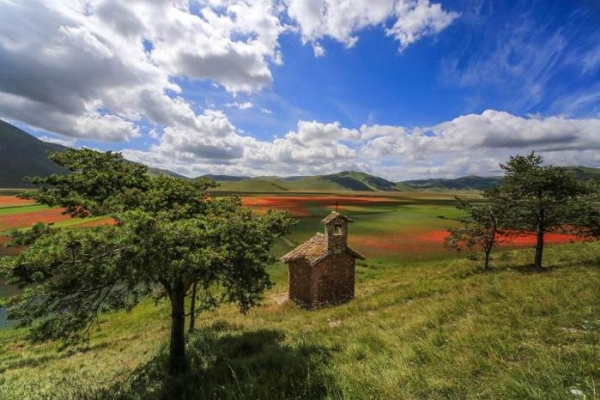
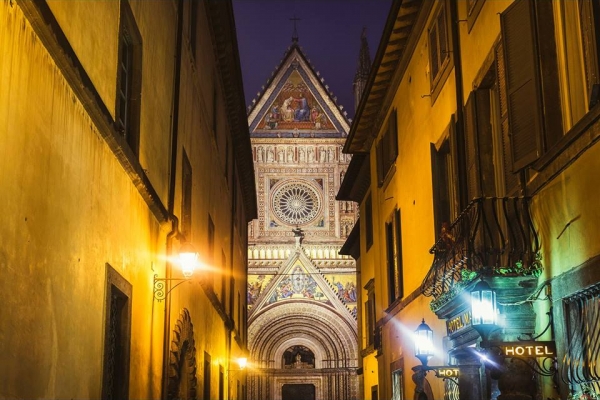
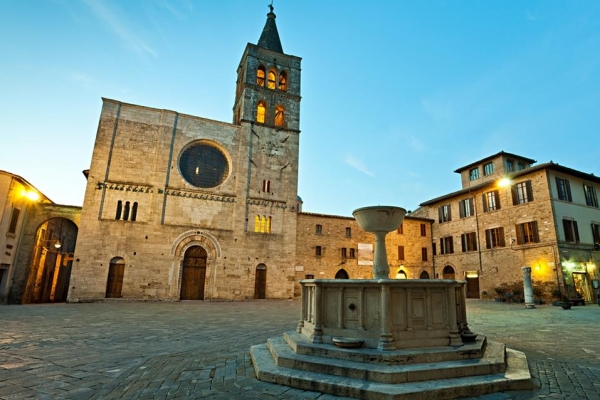

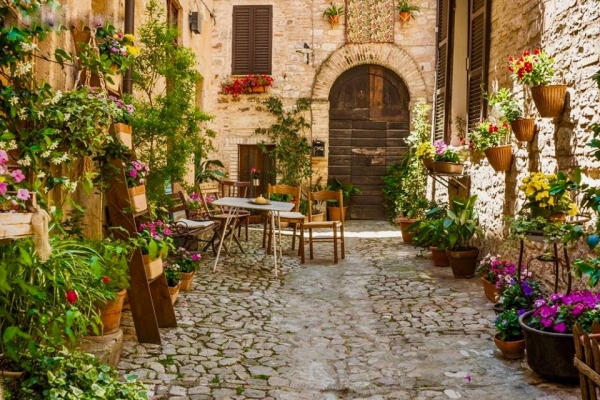
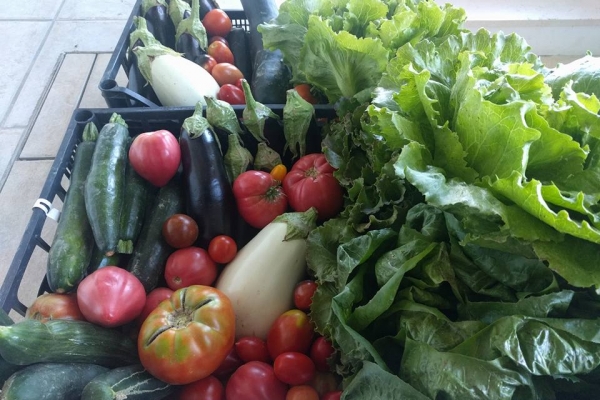
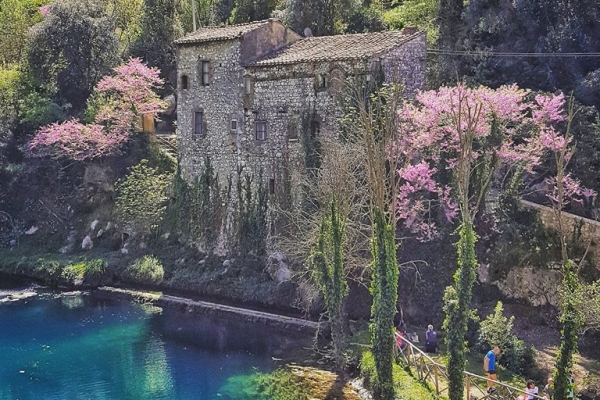

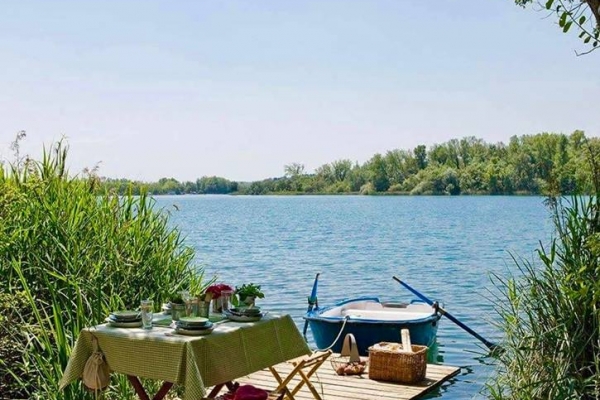

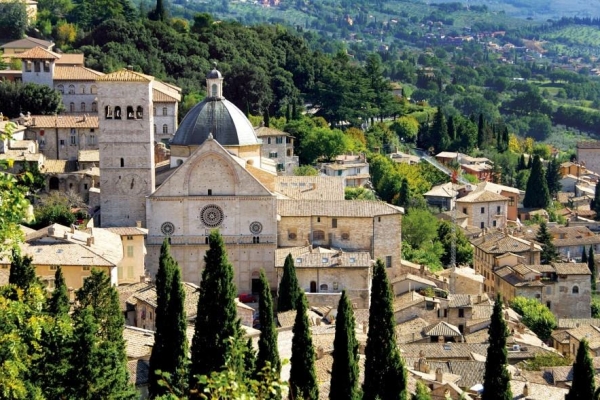
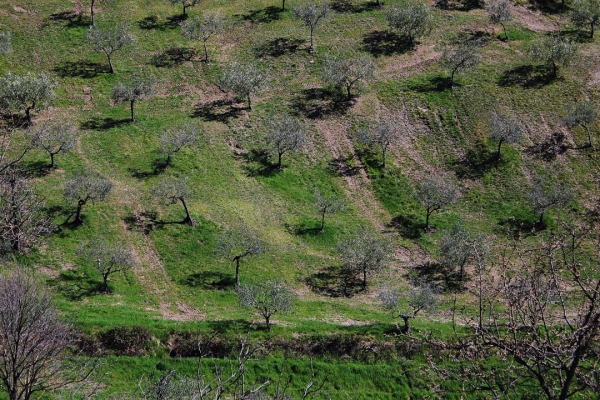
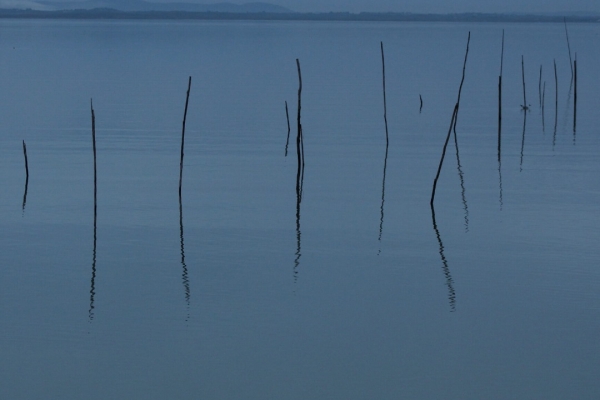
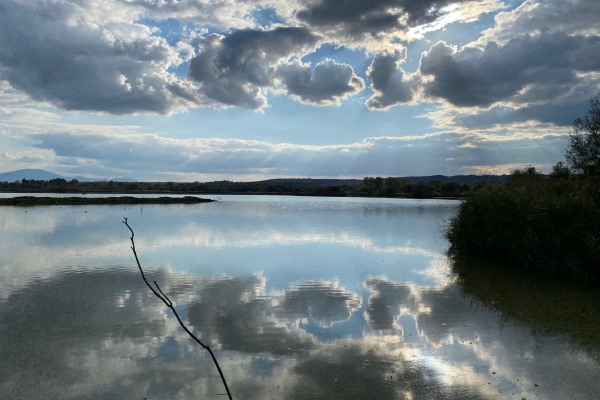
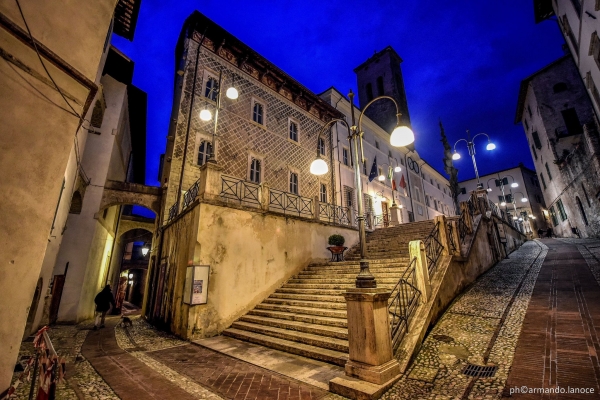
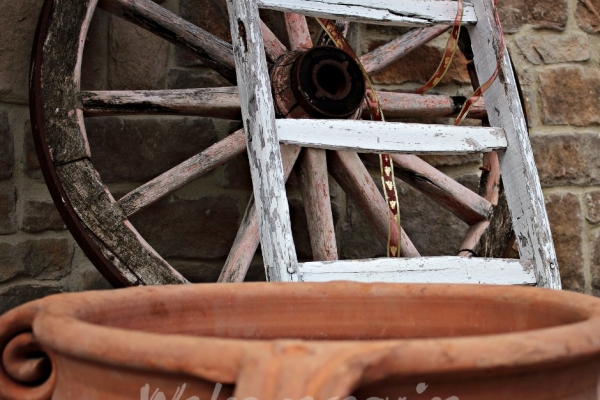
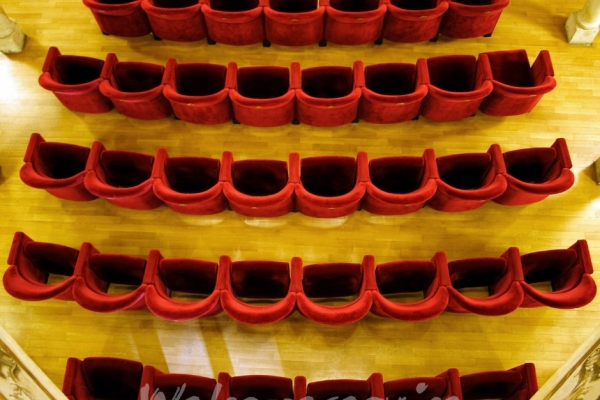
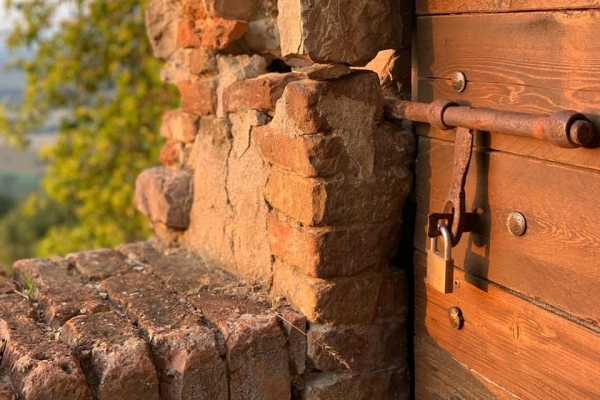
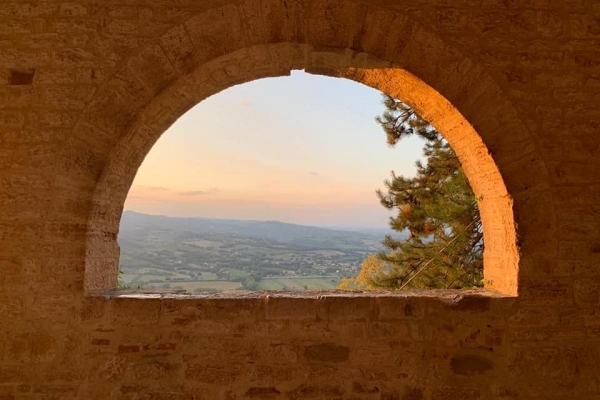
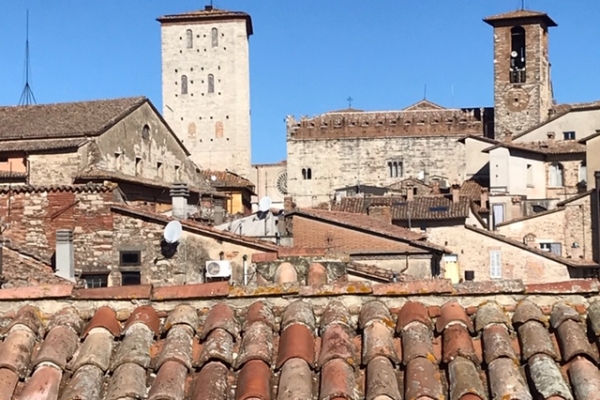
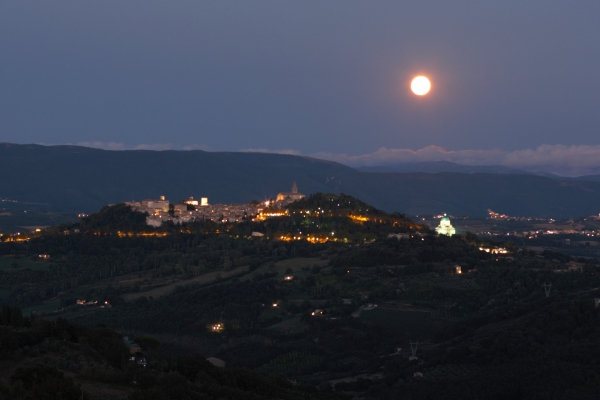


.jpg)
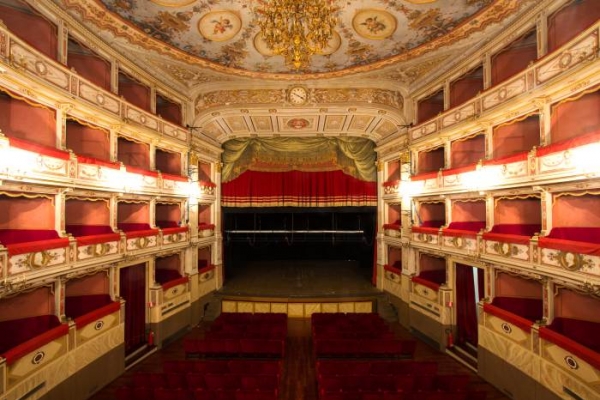
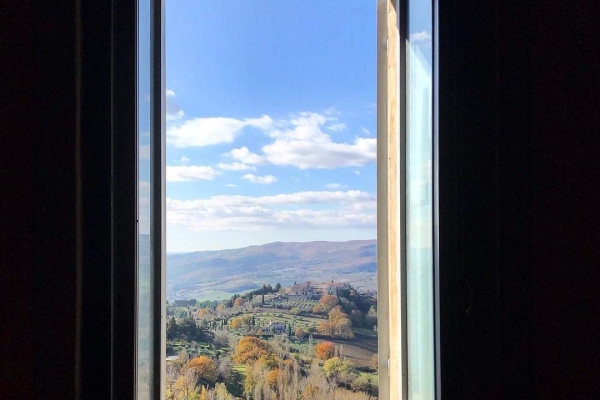

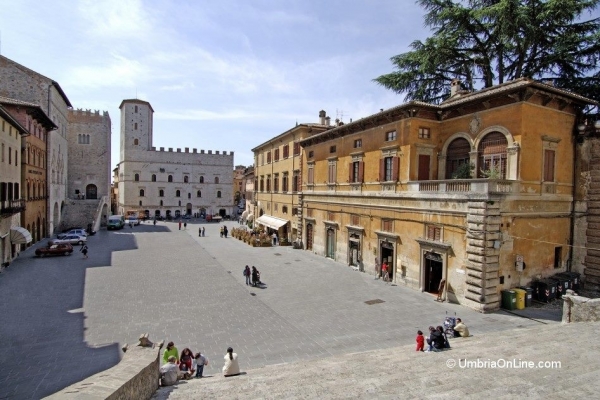
Subscribe to the newsletter to receive our best proposals!